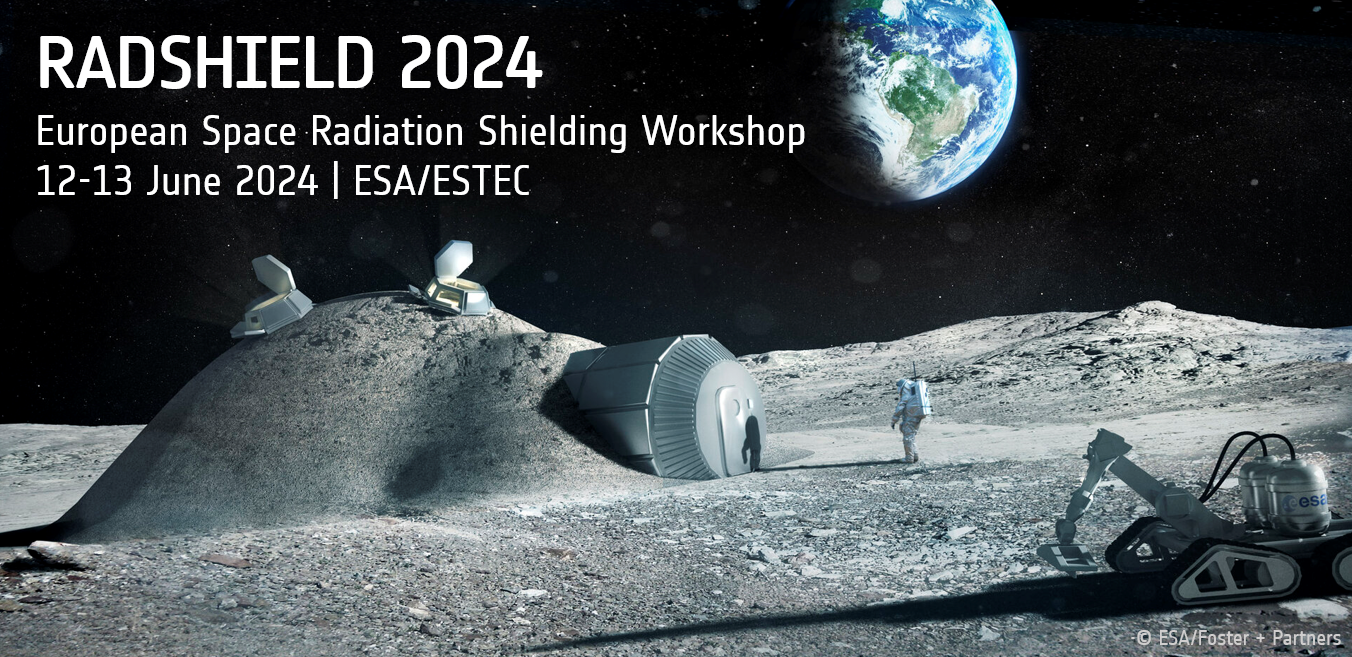Speaker
Description
GEANT4 is more and more used to model space environment effects on space systems. New and extended needs recently appeared with new missions, like for instance in 3D internal charging analysis or in the prediction of the Single Events Effects (SEE/SEU) in electronic devices. And radiations analysis, in its general terms, combine different processes and should be seen as a whole. To ease radiations analysis and address this, Artenum has build-up a self-consistency set of easy to use and interoperable tools. Innovative cases of application are presented and discussed.
As entry tool, EDGE is an interactive CAD tool dedicated to the modelling of geometries for radiations analysis, especially based on the GDML CAD format. Thanks to the recent evolutions of its STEP-AP importer, EDGE can now import rich geometries and simplify them. This importer also includes an innovative detesselation function, able to convert back to canonical CSG shapes and in most of the cases deeply optimises the imported geometries, significantly reducing the needed CPU effort in simulations. Downstream EDGE, MoOra is a frontal to the ESA/GRAS simulation kernel, allowing to fully set-up a radiations analysis through a simple GUI, including the import of GDML geometries, the settings of the environment and particles sources, as well as the definition of results to be extracted, like over time integrated dose or particles spectrum after shielding, for instance.
Regarding to Single Event (SEE/SEU), a new version of the open-source SEE-U single event prediction tool, developed by Artenum in partnership with ONERA, has been released last year. Through a fine 3D computation of the deposited energy of the incoming particles, with GEANT4, it is now possible to numerically evaluate the SEU cross-sections of digital devices for Ultra Deep SubMicron (UDSM) technologies depending on their design (size and the position of the transistors), independently on experimental measurements. Combined to MoOra/GRAS, for the computation of the particles spectra after shielding, and EDGE’s Sector Shielding analysis module, SAAM, SEE-U is able to evaluate the final Software Events Rate for selected devices in-situ the spacecraft structure and for realistic space environments. Moreover, SEE-U is now able to take into account the angular dependency of incident particles (including heavy ions and protons) on the final SER and remove the intrinsic limitations of previous models and methodologies based on Weibull’s fit.
Internal Charging is an another increasing risk factor, especially for missions passing through the radiations belts or in near PEO , such as constellations or heliosynchronous earth observation satellites. This is the focuce of the MoOra/GRAS/ SPIS-IC chain. Here, Monte-Carlo models are firstly used to compute the primary particles transport and deposited charges and doses rates inside the studied sensitive components. The internal charging code SPIS-IC is interfaced downstream then, to compute the detailed dynamics charges migration inside the dielectric and evaluate the resulting E-field and currents.
An innovating application of the MoOra/SPIS-IC internal charging chain has been recently done in the frame of the H2020 European project PAGER, where charging models have been integrated downstream space-weather forecast models to provide real-time charging risk forecast mission per mission and through simple indicators online. This successful integration has confirmed the relevance of the approach and the fact internal charging events might be not driven by punctual sever events only but may also result from a more dynamic and complex scenarios, gathering several successive medium amplitudes events and where the time variations of the space environment, on one hand, and the detailed dynamics of the charges migration inside the dielectric, on the other, must be modelled with care. Charging dynamic and environment variations are probably more relevant than a simple static “worst-case”.

